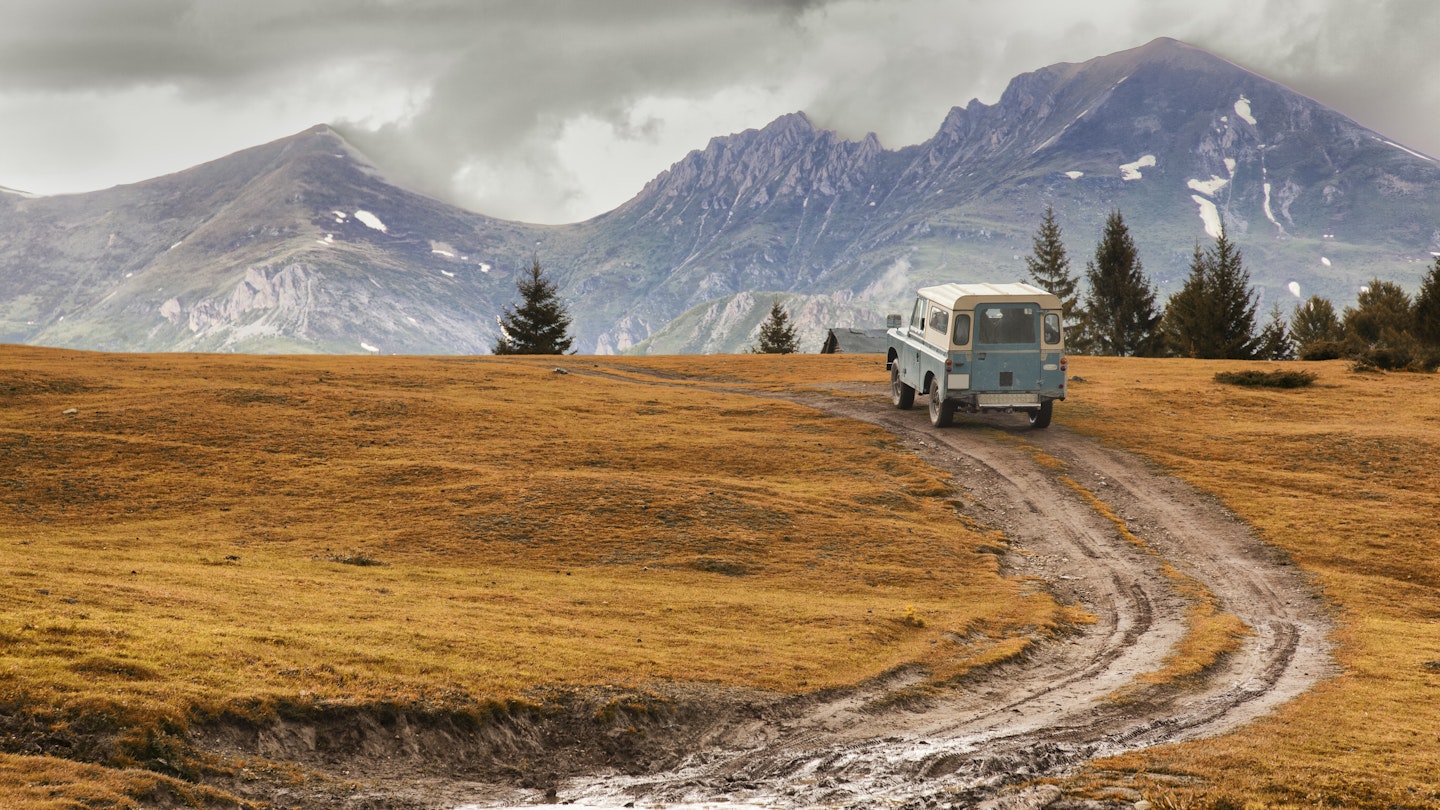North Macedonia is, on paper anyway, a new country. In 2019, this mountainous region in southeastern Europe changed its name, drawing attention to its diverse capital city, historic lakes, hiking trails, national parks, and rich, ancient culture. Situated between Albania, Kosovo, Serbia, Bulgaria, and Greece, North Macedonia beckons travelers seeking authentic adventures.
While the country was formerly known as the Former Yugoslav Republic of Macedonia, it has a history that dates back over 5,000 years. The name change not only held political implications but also offered North Macedonia a chance to present itself anew. For adventurous travelers, the rebranding signifies an enhanced opportunity to explore one of Europe’s most genuine destinations.
“For a relatively small country, North Macedonia is incredibly dense with landscapes, adventure possibilities, and culture,” says Antonia Sisak, director of the Local and Regional Competitiveness Project (LRCP), an EU-funded initiative promoting responsible tourism. “Travelers will find unique experiences in the capital, Skopje, at the renowned Lake Ohrid, or within dramatic mountain ranges. Moreover, the local food and wine are extraordinary.”
To match North Macedonia’s reimagined identity, travel operators offer a variety of exciting activities. Adventure seekers can partake in horseback riding, cycling, hiking, paragliding, and mountaineering, while savoring home-cooked meals that reflect the region’s culinary heritage.

Scratching Skopje’s Surface
Skopje, the capital of North Macedonia, boasts a population of around half a million and is positioned along the Vardar River. The city blends ancient history with modern flair. A walking tour through the downtown area reveals the Ottoman-era bazaar, known as Čaršija, where traditional shops and cafes unite through stone paths and winding alleys.
Furthermore, the Kale Fortress, with 6th-century foundations dating back to the Byzantine Empire, offers panoramic views of the city. Above the fortress rests the Museum of Contemporary Art—a minimalist glass structure housing works by some of the 20th century’s most notable artists—creating a modern juxtaposition to the city’s ancient sites. Complete your day with dinner in the vibrant Debar Maalo neighborhood, where traditional and cosmopolitan dining experiences flourish amidst tree-lined streets.
“Visitors often arrive with no expectations, yet Skopje manages to astound them,” says Aleksandar Donev, founder of Mustseedonia, an eco-tourism company based in Skopje. “The city is remarkably easy to navigate, revealing a wealth of historical layers as travelers explore.”

Diving into Majestic Ohrid
Lake Ohrid and the town that shares its name are iconic symbols of North Macedonia. This historic landscape is adorned with ancient monasteries, churches, chic beach bars, and acclaimed fish restaurants, all nestled around this tectonic lake, which is one of the oldest (estimated at three million years) and deepest (300m) in Europe. Recognized as a UNESCO World Heritage site, the region showcases a fragile blend of traditions, architecture, and natural beauty.
Adventure seekers can join Mustseedonia for multi-day explorations that highlight the myriad facets of the Ohrid Valley—from mountain peaks to serene lakes and culinary experiences. Custom tours offer guided boat trips, visits to the esteemed Church of Sveti Jovan and the nearby Sveti Naum Monastery, tandem paragliding, mountain e-bike rides, lakeside culinary classes, and even hot-air balloon experiences.
The diverse offerings are designed to reveal some of Europe’s most stunning landscapes, featuring the breathtaking Galičica National Park, which provides spectacular views of both Ohrid and Prespa Lakes.

National Park Adventures
Approximately 100 kilometers (62 miles) north of Ohrid lies National Park Mavrovo, a hidden gem within North Macedonia. This protected area, established 70 years ago, centers around Mavrovo Lake and encompasses about 730 square kilometers (180,387 acres) filled with nearly 1,500 plant species as well as diverse wildlife, including bears, wolves, lynx, and chamois.
Adventure enthusiasts can explore world-class ski areas, remote hiking trails, and routes perfect for biking or horseback riding. Sherpa Horse Riding offers excursions from Galičnik, a village famous for its wedding festival, to nearby summits, concluding with a delightful feast at the ranch.
“Mavrovo acts as a connection hub in North Macedonia,” remarked Ognjan Cigovski, director of Mavrovo Ski Center. The resort features three hotels and provides skiing and snowboarding during winter months, while offering trekking and mountain biking in the warmer seasons. “Here, visitors can indulge in skiing, hiking, swimming, and exceptional local food and wine, all within a short drive to the region’s most captivating sights,” Cigovski added.

Trekking and Biking in the Macedonian Mountains
In North Macedonia, the options for trekking and mountain biking are unparalleled, thanks to its stunning natural beauty. The various mountain ranges, particularly the iconic &Šar Mountains, feature towering peaks and charming villages, equipped with numerous hiking trails, single-day walks, and adventurous biking routes.
A new selection of self-guided tours, developed through a collaboration between tourism operator Macedonia Travel and the National Association for Incoming Tourism of North Macedonia, invites travelers to embark on journeys that blend cultural exploration with adventure. Hikers can traverse the hills near Skopje or challenge themselves with a trek to Titov vrv, the highest peak at 2,747 meters (9,012 feet), while multi-day bike rides connect the rugged mountains and picturesque lakes.
For those seeking adventure with a touch of independence, the 27 available itineraries showcase the enchanting and storied nature of North Macedonia. “Hiking and cycling in this area are superb due to the diverse paths and breathtaking mountain views, all easily accessible,” emphasizes Emilija Fildishevska, founder and managing director of Macedonia Travel. “Moreover, even while exploring nature, one can remain close to the enduring culture that has thrived for centuries.”




